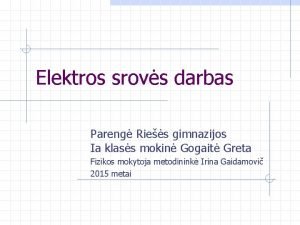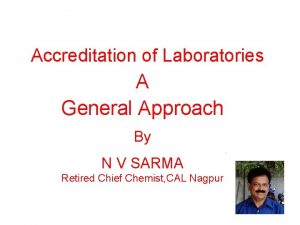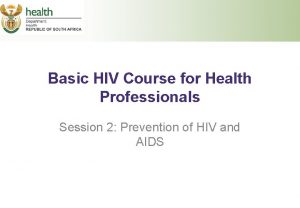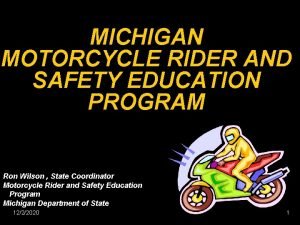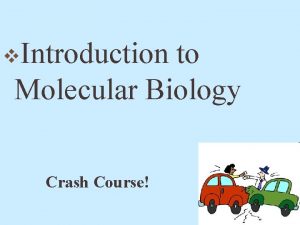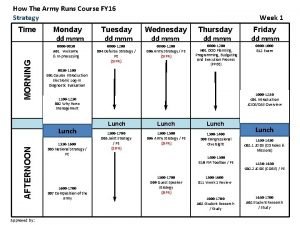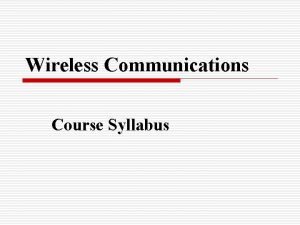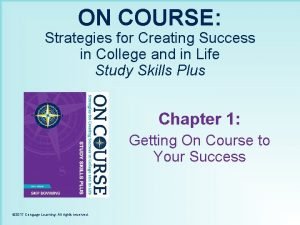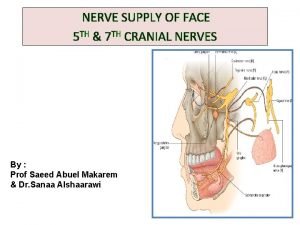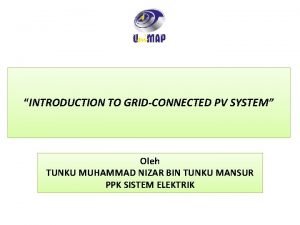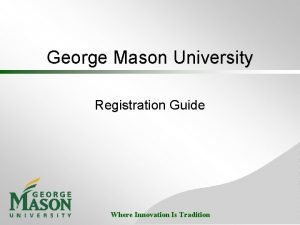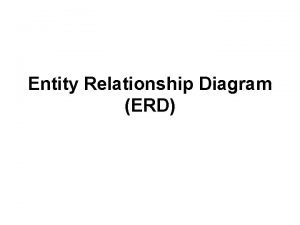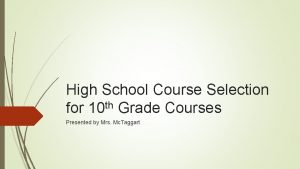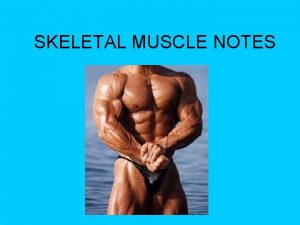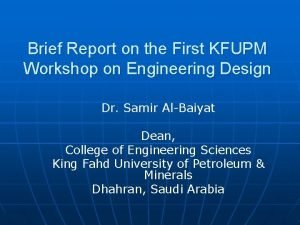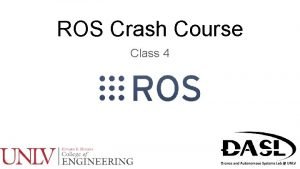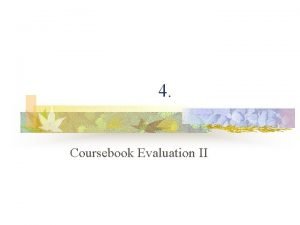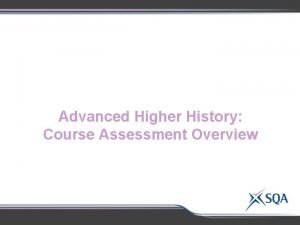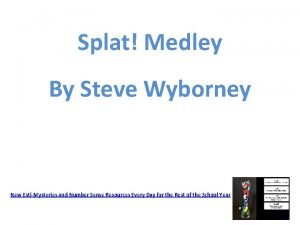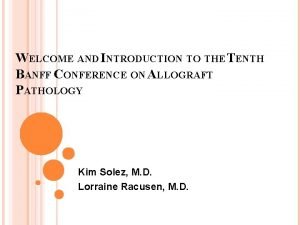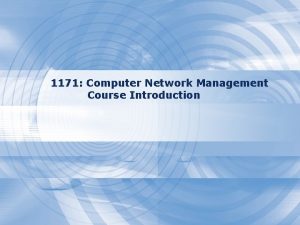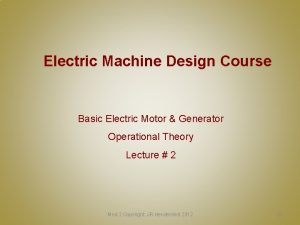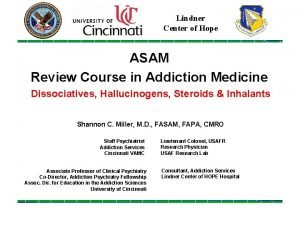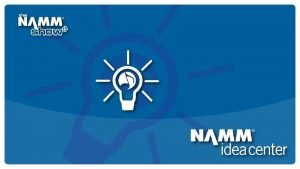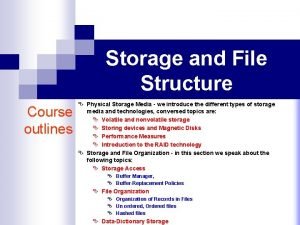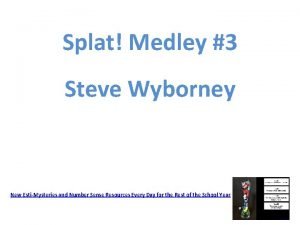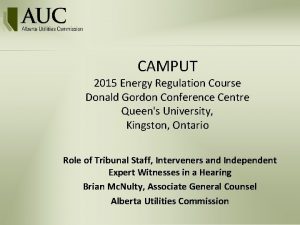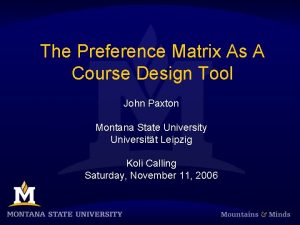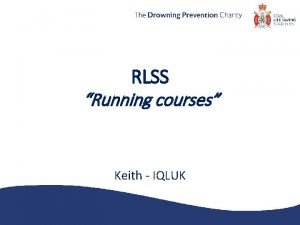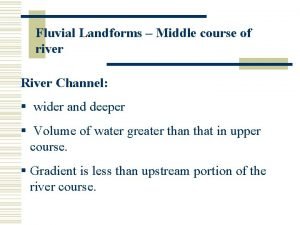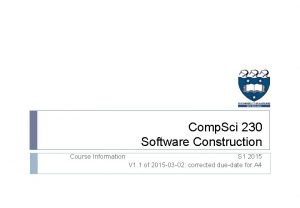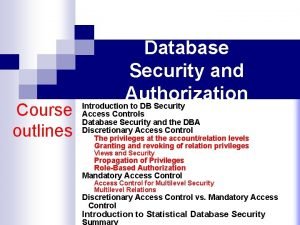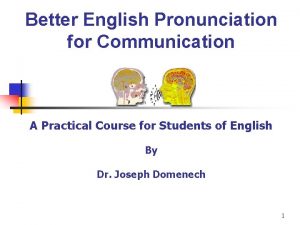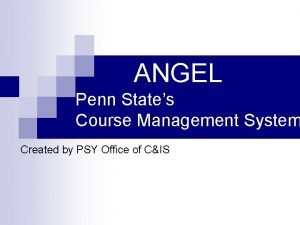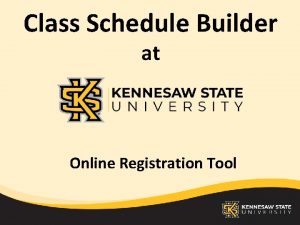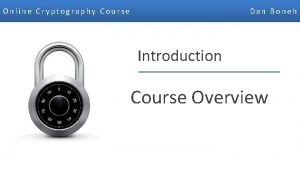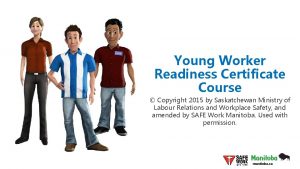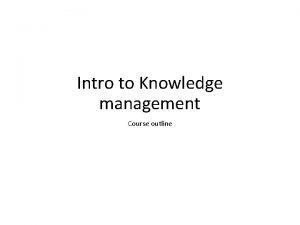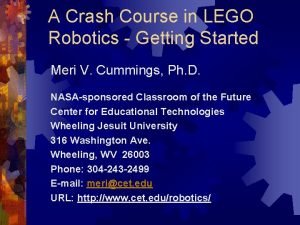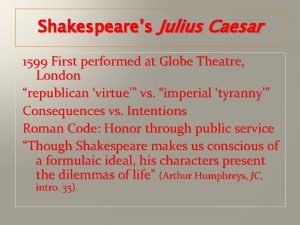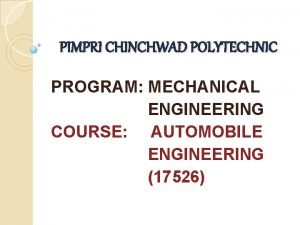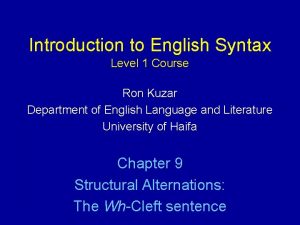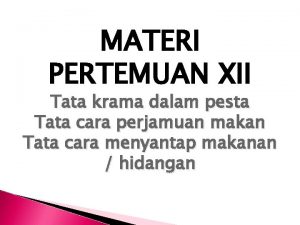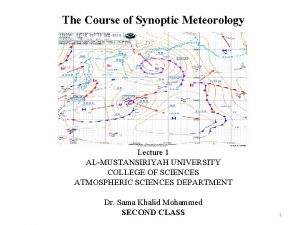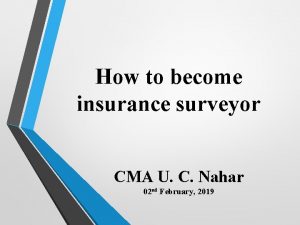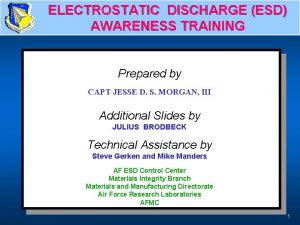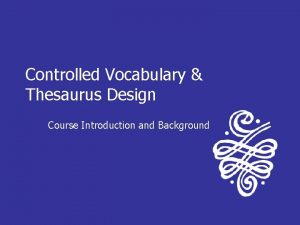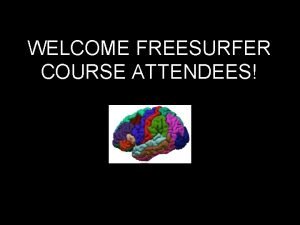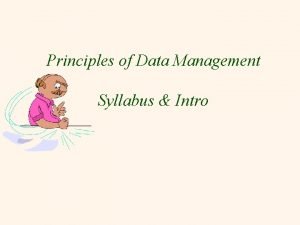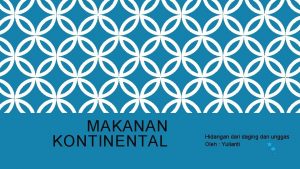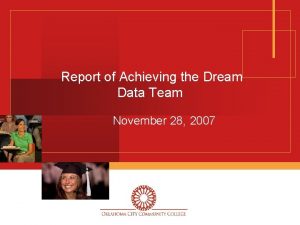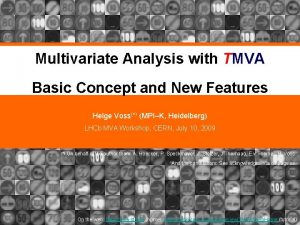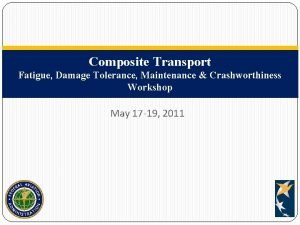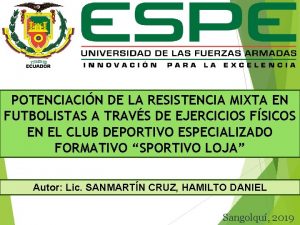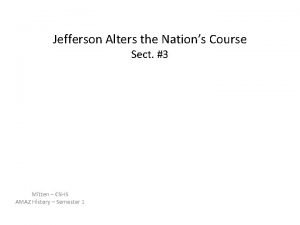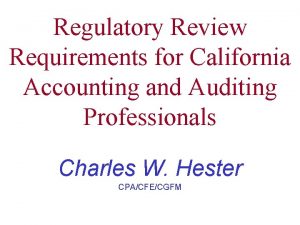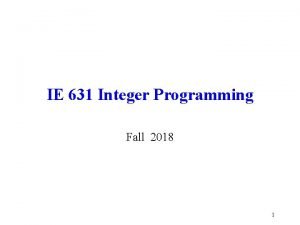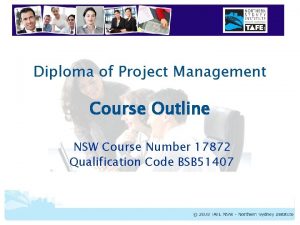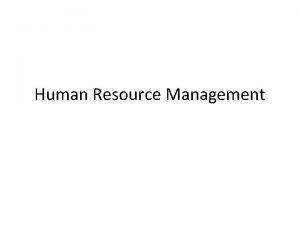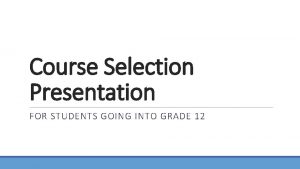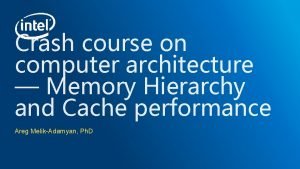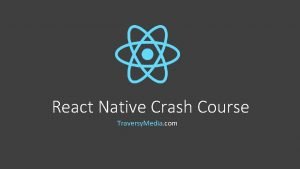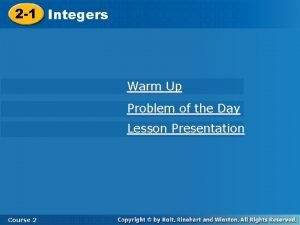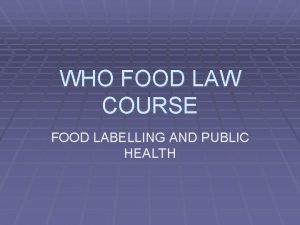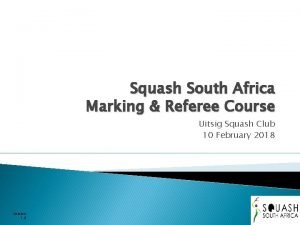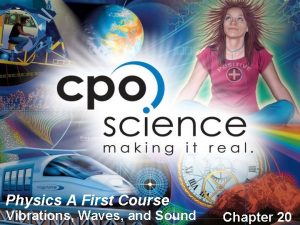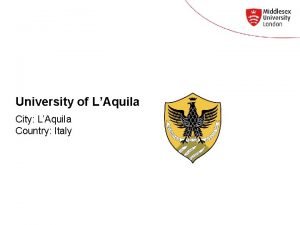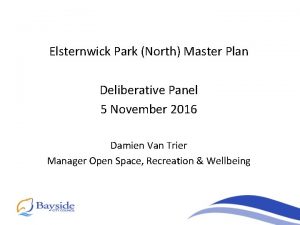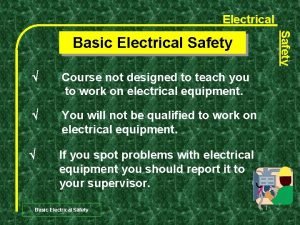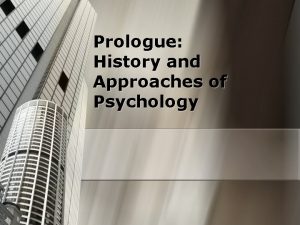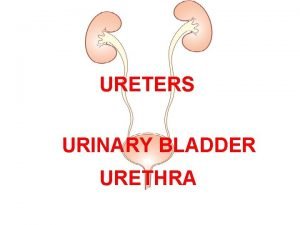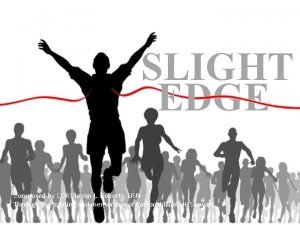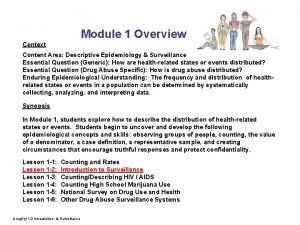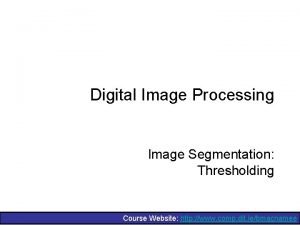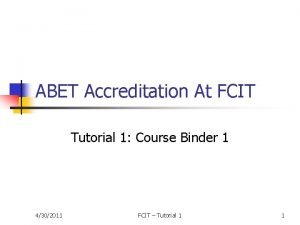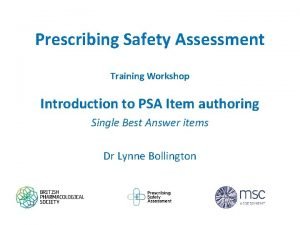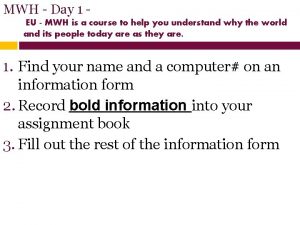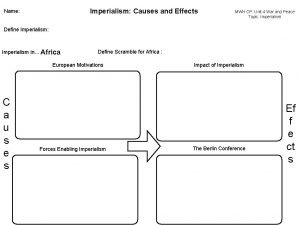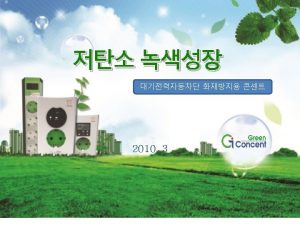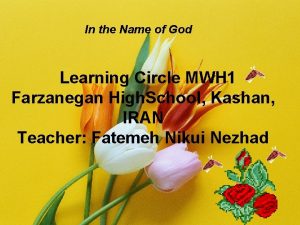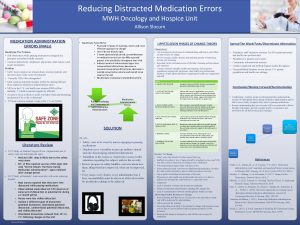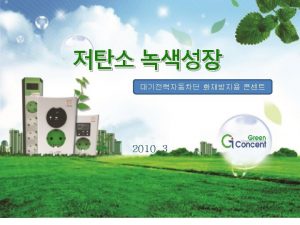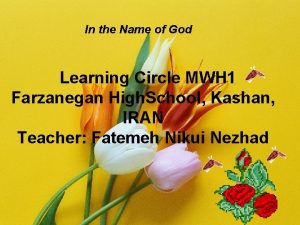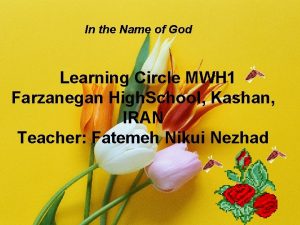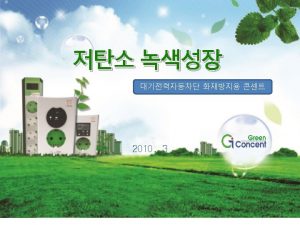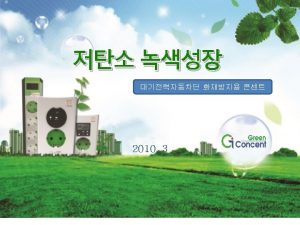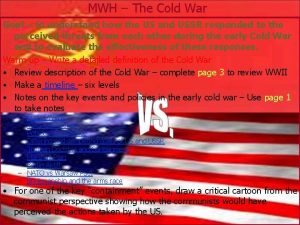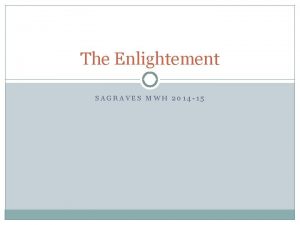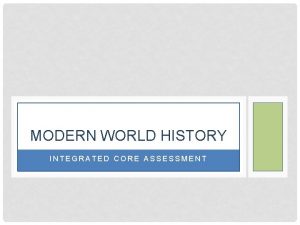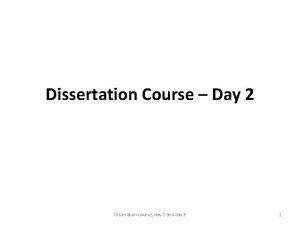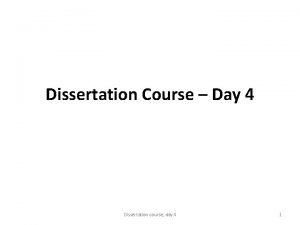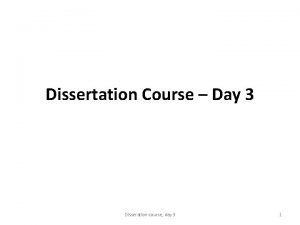MWH Day 1 EU MWH is a course


















































































































- Slides: 114

MWH - Day 1 - EU - MWH is a course to help you understand why the world and its people today are as they are. 1. Fill out notecard with name, email address, are you online at home? 2. Intro to course, textbooks, understand homework assignment sheet A. 3. Homework sheet – shows the due day for each assignment, test and benchmark Text book is online – see http: //mrksmodernworld. pbworks. com/Front. Page A. 4. Username is cbwest and the password is cbwest Get Unit 1 packet – read World Religion project on packet p#6 Groups assigned – 1 = Buddhism; 2 = Hinduism; 3 = Judaism 4 = Islam 5= Christianity 5. Begin map activity to visually understand world (pp#1)

MWH Day 1 Agenda Goal for MWH – (why are you required to take this course? ) to understand the world we live in today, (politically, culturally, technologically, militarily, globally, economically) to understand how and why we got here and to be able to be effective and responsible citizens of the world now and in the future Everything you learn in this course applies to events today!!

MWH Day 1 Agenda What specifically can we learn from the study of the modern world? Why study history? Think about our country: where did the following come from? Japan Sushi China Kung-fu (wushu) Greece Democracy India Black pepper Arabia Decimal numbers Jerusalem Christianity Germany Printed books Persia Civil rights Mesopotamia (now Iraq) Astronomy Egypt Surgical Medicine England Understanding of gravity

MWH Day 1 Agenda Why Study History? History is similar to building a house. You cannot understand certain events out of context. You must understand what occurred before in order to move on and Unit I provides the foundation for understanding the remaining content of the course

Why study history? Ø Ø Ø To learn from good examples To learn from mistakes made in the past To understand the world and its people

MWH Day 1 Agenda Notetaking – a Method Questions to ask in class. Content – Heading – what is the title of the section? � Connections and discussion linking to current events Subsection heading Key people Key events Explanation of causes and effects - Or - Indications of bias Heading SH SH Subsection heading Key people Key events causes and effects

SEEDS OF CHANGE: EMERGENCE OF THE 1 ST GLOBAL AGE (1450 -1770) Unit I

Unit Overview World Geography and Religions Renaissance Reformation Scientific Revolution Explorations and the Columbian Exchange Enlightenment

Unit Enduring Understandings 1. 2. 3. 4. 5. Geography themes of location, place, movement, human-environment interaction and region are useful tools for understanding history and current events. A society’s values can be seen through their cultural and scientific achievements Challenges to the social and political order frequently come from radical new ideas. . Technology, commerce, and religion cause cultures to interact, exchange and conflict with one another. Every society has developed some political system by which either the one, the few, or the many rule over others.

Unit Essential Questions 1. 2. 3. 4. 5. How does geography affect people and societies? How can ideas change the world? What is globalization and when did it begin? What happens when different cultures interact? Why do technology, commerce and religion have an impact on inter-cultural interactions? What is the proper relationship between citizens and their government?

Geography themes of location, place, movement, humanenvironment interaction and region are useful tools for understanding history and current events. 1. Using your world map on packet page #1, show one location the directly affects the US militarily. 2. Show one location that affects the US economically 3. Show one location that affects your life. 4. Write a few sentences explaining how these effects have occurred. THE BEGINNING OF THE “MODERN” WORLD Geography

Location Geographers use latitude and longitude to pinpoint a place’s absolute, or exact, location. To know the absolute location of a place is only part of the story. It is also important to know how that place is related to other places—in other words, to know that place’s relative location. Relative location deals with the interaction that occurs between and among places. It refers to the many ways—by land, by water, even by technology—that places are connected.

Place All places have characteristics that give them meaning and character and distinguish them from other places on earth. Geographers describe places by their physical and human characteristics. Physical characteristics include such elements as animal life. Human characteristics of the landscape can be noted in architecture, patterns of livelihood, land use and ownership, town planning, and communication and transportation networks. Languages, as well as religious and political ideologies, help shape the character of a place. Studied together, the physical and human characteristics of places provide clues to help students understand the nature of places on the earth.

Human/Environment Interaction The environment means different things to different people, depending on their cultural backgrounds and technological resources. In studying human/environment interaction, geographers look at all the effects—positive and negative—that occur when people interact with their surroundings. Sometimes a human act, such as damming a river to prevent flooding or to provide irrigation, requires consideration of the potential consequences.

Movement People interact with other people, places, and things almost every day of their lives. They travel from one place to another; they communicate with each other; and they rely upon products, information, and ideas that come from beyond their immediate environment.

Region is an area on the earth’s surface that is defined by certain unifying characteristics. The unifying characteristics may be physical, human, or cultural. In addition to studying the unifying characteristics of a region, geographers study how a region changes over times. Using theme of regions, geographers divide the world into manageable units for study.

1 – Philadelphia 2 – London 3 – Beijing 4 – Sydney 5 – Pretoria 6 – Mumbai 7 - Lima Pacific Ocean What geography theme is represented on this map? How could we show the other themes? Arctic Ocean USA 1 North Atlantic America Ocean Mexico South Brazil 7 America UK 2 Europe Russia Asia Iran Africa 3 China 6 India Iraq Nigeria 5 Antarctica Indian Oceania 4

Beginning of Modern World Europe

Beginning of Modern World Why Europe? � Some of the earliest civilizations � Geography conducive (favorable) to the emergence (appearance) of empires Coastlines make it easier to travel, attack, etc.

Beginning of the Modern World “Modern” Globalization � Phase of increasing trade links and cultural exchange in 19 th century � Columbian Exchangewidespread exchange of animal, plants, culture (slaves), communicable diseases and ideas between Eastern and Western hemispheres


Religion affects how different cultures interact, cooperate, conduct commerce and conflict with each other. 1. Join together with others who studied your assigned religion 2. Share your completed graphic organizer with the other group members 1. Compare content – discuss difference and similarities 2. Complete graphic organizer so that all members understand the religion 3. Read directions in packet page # 6 for group presentation 4. Assign each member a task from the list, discuss content and design ideas 3. Complete computer use form and then get assigned computer 4. Get to work – presentation is due tomorrow. WORLD RELIGIONS – DAY 2 Interactive Map

Religion affects how different cultures interact, cooperate, conduct commerce and conflict with each other. 1. Prepare for presentation – make sure all components are high quality 2. Presentations – as the audience, use the graphic organizer on pp#8 -10 to take notes on the content presented 3. Answer quiz questions 4. Complete pp#11 and 12 – what do you know now? In what ways are these religions similar and different? 5. Complete bottom of pp#10 – wrap up 2. WORLD RELIGIONS – DAY 3 Interactive Map

World Religions: A Comparison Buddhism Name of Deity The Buddha did not teach a personal deity Founder Siddhartha Gautama – called the Buddha (means The Enlightened One) Holy Book No one book—sacred texts including the Perfection of Wisdom Sutra, Tripitaka, Mahayna Sutras Leadership Buddhist monks and nuns Basic Beliefs Persons achieve complete peace and happiness (nirvana) by eliminating material possessions; Nirvana achieved by following the Noble Eightfold Path. Karma is the concept that good begets good and bad begets bad.

World Religions: A Comparison Christianity Name of Deity God Founder Jesus Christ and the Apostles Holy Book Bible (Pentateuch, Prophets, Kings, and Apostles) Leadership Clergy (priests, ministers, etc. ) Basic Beliefs There is only one God; Jesus Christ was the son of God. He died to save humanity from sin, making eternal life possible for others; Persons achieve salvation by following teachings of Jesus

World Religions: A Comparison Hinduism Name of Deity Three main Gods: Brahma, Vishnu, Shiva Founder No one founder Holy Book No one book, sacred texts including the Vedas, the Puranas Leadership Guru, Holy Man, Braham priest Basic Beliefs The soul never dies but is continually reborn; Persons achieve happiness after freeing themselves of earthly desires, Freedom from earthly desires comes from lifetime of worship, knowledge, and virtuous acts.

World Religions: A Comparison Islam Name of Deity God (Allah) Founder Muhammad Holy Book Qur’an Leadership Sunni and Shi’i have different clergy. Imams, mullahs, Caliphs, ayatollahs, hojjat al-islam – collectively called the Ulama Basic Beliefs Persons achieve salvation by following the Five Pillars of Islam and living a just life. These pillars are faith, almsgiving, fasting (Ramadan), pilgrimage to Mecca, and prayer,

Difference between Islam and Muslim… Islam is the religion and Muslims are people who understand, believe, and practice Islam properly, i. e. according to the text. Islam is to Christianity what Muslims are to Christians. War Over Ground Zero-Religious Tolerance Today?

World Religions: A Comparison Judaism Name of Deity God (Yahweh) Founder Abraham Holy Book Hebrew Bible (including the Torah) Leadership Rabbis Basic Beliefs There is only one God; God loves and protects his people but also holds people accountable for their sins and shortcomings; Persons serve God by studying the Torah and living by its teachings; major holidays – Rosh Hashana, Yom Kippur, Passover and Shabbat

A - Geography has an impact on history B - Challenges to the existing order come from radical new ideas 1. Finish presentations (block 3) and complete pp#11 and 12 – what do you know now? In what ways are these religions similar and different? 2. Complete bottom of pp#10 – wrap up 2. 3. Review map of Europe – why was Italy the most advanced country during the Renaissance? 4. Why would England, France, Spain and Portugal be major world powers, but Austria, Germany and Scandanavia be powers only in Europe? 5. How was the Renaissance different from Medieval Era? 6. Complete pp#16 -17 about the Reformation 7. Identify 5 new ideas during the Renaissance and Reformation that challenged the existing order and then explain the impact each has had on the world today. RENAISSANCE – DAY 4 1300 -1600

Religions of the World

1. France 2. Spain 3. Germany 4. Italy 5. Poland 6. Great Britain 7. Russia 7 6 3 1 4 2 5

8. Ukraine 9. Greece 10. Sweden 11. Ireland 12. Austria 10 11 12 8 9

15. Portugal 16. Denmark 17. Norway 18. Czech Republic 19. Netherlands 19 20. Belgium 20 17 16 18 15 13 14

Test your skills… Europe Map Game

Renaissance Background � Black Death Music, arts, and sciences were ignored as people focused on living Prior to plague, cultural areas were embraced Period became known as Renaissance (meaning rebirth) Renaissance

Renaissance Overview � Rebirth of learning and education, art and architecture, modern politics & economics � Began in Northern Italy Reasons behind Northern Italy � Urbanism Overseas trade led to large city-states but most of Europe still rural People came to cities to spread/learn new ideas


A - Challenges to the existing order come from radical new ideas 1. Map Quiz RENAISSANCE – DAY 5 2. Get textbook from cabinet 3. The Renaissance leads to changes like the rebirth of humanism and the beginnings of questioning the existing order of religious and political power as well as science. 4. Complete pp#14 about the Humanism and the Renaissance Man REFORMATION– CHALLENGING THE CHURCH 5. Complete pp#16 -17 about the Reformation 6. Identify 5 new ideas during the Renaissance and Reformation that challenged the existing order and then explain the impact each has had on the world today. EXPLORATION – EUROPE MOVES OUTWARD 7. Complete pp#28 about exploration 1300 -1600

Renaissance Reasons behind Northern Italy (cont. ) � Wealthy merchants Dominated politics Had to earn their wealth and power Showed their wealth and power by funding the arts � Greek and Roman Heritage Used as model for the arts Scholars studied Latin manuscripts and literature � Pope’s power declined � England France at war

Renaissance Mentality � Humanism—focus of scholars on human potential and achievement; studied the “humanities” – history, literature, philosophy � Enjoyment of World Pleasures You do not need to sacrifice to please God People began to wear fine clothing and enjoy fine foods and music Society became more secular (non-religious) � Patrons of Arts Patrons of the Arts � Popes and merchants became patrons (sponsors) of the arts

Renaissance Mentality (cont. ) � Renaissance Man Men were expected to create art and master all areas of study Men that excelled in these areas were called a “Universal man” or “Renaissance Man”

Baldassare Castiglione’s The Courtier Let the man we are seeking be very bold, stern, and always among the first, where the enemy are to be seen; and in every other place, gentle, modest, reserved, above all things avoiding ostentation {showiness} and that impudent {bold} self praise by which men ever excite hatred and disgust in all who hear them. What is he saying here? If you wanted to hire a man like this, what would the “Want Ad” say?

The personal ad for him would read… Looking for a man who is charming, witty, and well educated in the classics. He must be able to dance, sing, play music, write poetry, ride horses well, wrestle, and be a fine swordsman. He must be brave in battle yet humble outside of battle.

Renaissance Mentality (cont. ) � The Renaissance Woman � Upper class women should also know the classics and be charming but not seek fame � Should inspire art but not create it and have little influence on politics

What values can we extracted from the pictures below?

Renaissance Art Medieval Art Religious subjects Two-dimensional Created “ideal” people Renaissance Art Religious and secular subjects Realistic portrayal of individual

Renaissance Art New Techniques � Perspective Creates a 3 -D appearance Parallel lines move towards a focal point on the horizon to create dimension Objects get smaller as farther back. Where is the focal point in this work?

Renaissance Art New Techniques (cont. ) � Pyramid Configuration Symmetrical composition draws your focus to center of work for climax/focal point � Chiaroscuro The contrast of light and dark are used to create dimension � Fresco Painting on wet plaster

Renaissance Art From Creation Panel of The Last Judgment by Michelangelo FRESCO Michelangelo’s Sistine Chapel CHIAROSCURO Mona Lisa by Da Vinci PYRAMID CONFIGURATION

Renaissance Art MICHAELANGELO Pieta , 1499 David, 1504

Renaissance Art MICHAELANGELO: SISTINE CHAPEL

Renaissance Art LEONARDO Da VINCI Mona Lisa, 1504 Vitruvian Man, 1485

Renaissance Art The Last Supper 1498

Renaissance Art Flying Machine, 1488

Renaissance Art RAPHAEL School of Athens The Wedding of the Virgin

Renaissance Art BOTTICELLI The Birth Venus

Renaissance Art JAN VAN EYCK Giovanni Arnolfini and his Bride

Renaissance Literature and Politics � Niccolo Machiavelli An Italian political philosopher Wrote The Prince in 1513 While somewhat controversial, his political philosophy is still studied and used often in today’s world “The end justifies the means. ” “… there are two methods of fighting, the one by law, the other by force: the first method is that of men, the second of beasts; but as the first is often insufficient, one must have recourse to the second…”

Should a leader rule like a lion or a fox?

Renaissance: Northern Renaissance � Spreads to England, France, Germany, and Flanders � Why? France and England involved in 100 Years War (ended 1453) Plague in northern Europe lasted longer � Difference? More religious in nature than Italian art (less inspired by Greece and Rome)

Renaissance: Northern DURER Young Hare, 1502 (watercolor) Apocalypse (engraving)

Renaissance: Northern HOLBEIN THE YOUNGER Henry VIII, 1536 Anne of Cleves, 1539

Renaissance: Northern BRUEGEL Hunters in the Snow The Harvesters

Renaissance: Northern BRUEGEL The Peasant Wedding

Renaissance Outcomes of Renaissance � Strong sense of individualism � Increase in secularism � Look for answers beyond The Church Sciences Other religious ideas � Higher literacy rate � Emergence of materialism � Higher standards of living

1. 2. 3. A society’s values can be seen through their cultural and scientific achievements Challenges to the social and political order frequently come from radical new ideas. . Technology, commerce, and religion cause cultures to interact, exchange and conflict with one another. Review pp #16 -17 about Reformation – any questions? Main idea is that new ideas from Renaissance led to new ideas about the Church and people’s relationship to God. Review page #28 – Exploration – why did Europe go exploring and what were the effects on the “natives? ” How did the new scientific developments occur? What do the discoveries and their causes tell us about Europe in the 16 -18 th C? Complete pp# 27 Reformation, Exploration and Scientific Revolution

problems Corruption in all levels of the church Poor education of clergy Clergy up to pope focused on worldly pursuits rather than just religion Resistance to taxation by the newly secular merchant class and aristocracy

Reformation Overview � European Christian reform movement that established Protestantism as a branch of contemporary Christianity � Began as an attempt to reform a corrupt Catholic Church Teaching and sales of indulgences � Sparked when Martin Luther published the Ninety -Five Theses & concluded in 1648 with the Treaty of Westphalia that ended years of European religious wars

Protestant Branches

Reformation Martin Luther � Nailed Ninety-Five Theses to door of All Saint’s Church Theses criticized Catholic Church and Pope but concentrated on: Selling of indulgences Doctrinal policies about purgatory, particular judgment, devotion to Mary and the saints, most of the sacraments, & clerical celibacy Several reformists followed his lead with help of the printing press


LUTHERAN RELIGION � Ministers (ADministers) rather than Priests could marry � No holy relics in Church (no crucifixes) or statues � Services and Bible in German � Prayers of confession and people encouraged to directly communicate with God

Reformation Outside Germany � John Calvin and Calvinism (Switzerland) French theologian that believed people were always combating evil and religion was guidance to fight one’s tendency toward sin Other beliefs include: Theocracy—elect those God has chosen for salvation Predestination/Predetermined Salvation—”God adopts some to the hope of life and adjudges others to eternal death”

Reformation Outside Germany � John Knox and Presbyterianism (Scotland) Modified Calvin’s theocracy Beliefs include: Sovereignty of God Authority of scriptures Importance of grace through faith in Christ � Presbyterianism becomes national religion of Scotland

Reformation Outside Germany � Henry VIII (England) Henry VIII desire for a male heir and divorce prompted the creation of Church of England Marriage to Catherine of Aragon produced female heir (Mary I) Religious changes slower in England than elsewhere middle way between Roman Catholic Church & Protestant Traditions Henry VII: Six wives whom he beheaded!

Reformation Outside of Germany � Henry VIII (England) cont. Act of Supremacy King head of church and state Pope has no authority All church lands sold to nobles People forced to covert from Catholicism to Anglican

Reformation: Bloody Mary Eldest daughter of Henry VIII and only surviving child of Catherine of Aragon. As the fourth crowned monarch of the Tudor dynasty, she is remembered for restoring England to Roman Catholicism after succeeding her short-lived half brother, Edward VI, to the English throne. In the process, she had almost 300 religious dissenters burned at the stake in the Marian Persecutions, earning her the sobriquet of "Bloody Mary". Her reestablishment of Roman Catholicism was reversed by her successor and half-sister, Elizabeth I.

Reformation Outside of Germany � Elizabeth I (England) Supported establishment of Protestant English Church Governed on consensus (agreement) Reign became known as the Elizabethan Era “Virgin” Queen

Reformation Effects of Reformation � Led to series of religious wars that culminated (ended) in the Thirty Years’ War � New religions (in particular, Calvinism and other Protestant sects) effectively forbade wastefully using hard earned money and identified the purchase of luxuries a sin

Review page #28 – Exploration – why did Europe go exploring and what were the effects on the “natives? ” EXPLORATION

Beginning of the Modern World “Modern” Globalization � Phase of increasing trade links and cultural exchange in 19 th century � Columbian Exchangewidespread exchange of animal, plants, culture (slaves), communicable diseases and ideas between Eastern and Western hemispheres

Why explore? 1. Exploration occurred for three basic reasons Trade – seeking wealth in competition with other countries 1. 2. 3. Based on the idea of mercantilism – the power of a country is based on its wealth and the way to achieving wealth for a country is to get gold and silver and to have a trade surplus Spread Christianity Technological advancements made it possible.

Who explored? Spain Portugal England Netherlands (the Dutch)

Who did it?

Results of exploration? Major global empires for the 4 big exploring countries Beginning of colonization African slave trade and all of its negative consequences Exploitation and mass killings of natives in the colonies Exportation of European ideas including religion Great wealth – Spain and Portugal from gold, England the Dutch through trade

SCIENTIFIC REVOLUTION

Revolutionary Thinking The Renaissance and Reformation inspired people to challenge the accepted scientific views of ancient thinkers and the church Geocentric theory widely accepted prior to this period

Scientific Revolution What was the Scientific Revolution? � Scholars/scientists questioned accepted ideas about nature, earth and the universe � Old Science v. New Science Old Science based on religion and belief NEW SCIENCE based on math, logic, reason, observation and data Inductive reasoning – observing and understanding specific facts to develop a general theory


Scientific Revolution Influences � Renaissance Education of the Classics Secularism Criticisms of the Catholic Church � Exploration Drive to better understand tides, weather, winds, currents, Foreign technology-astrolabe

Scientific Revolution New Discoveries � Heliocentric Theory –sun-centered universe � Advancements in Medicine—vaccinations � Scientific Instruments Microscope Telescope � Law of Gravity � Chemistry � biology

Scientific Revolution Theories on the Universe � 2 nd C. AD- Ptolemy recorded the earth was the center of the universe—Geocentric Theory

Scientific Revolution Theories of the Universe � 1548 -Nicholas Copernicus challenges Ptolemy’s geocentric theory and proves the Heliocentric Theory

Scientific Revolution Theories of the Universe � Johannes Kepler (1600 s)—takes the Heliocentric Theory and perfects it with the Laws of Planetary Motion One law states that the planets orbit the sun in elliptical orbits not circular orbits

Scientific Revolution Francis Bacon urged scientists to draw conclusions of the world based on their own observations Rene Descartes believed that everything should be doubted until proven by reason “I think, therefore I am. ” Newton explains law of gravity through scientific method Boyle describes the relationship between volume, pressure and temperature

Importance This so-called revolution was important because scientists use these approaches today – it is from scientific reasoning that our lives are longer, healthier and filled with so much useful technological developments Influenced others to study all aspects of society —government, religion, economics, education, etc.

ENLIGHTENMENT

Enlightenment Overview � People try to apply the scientific approach to all aspects of society � Political scientists propose new ideas about government � Philosophes (philosophers) advocate the use of reason to discover truths Address social issues through reason

Enlightenment Causes � Ideals of the Renaissance Individualism, secularism, rebirth of classical teachings � Scientific Revolution Logic, reason, mathematics New way of thinking based on willingness to question assumptions � Absolutism Reaction to government of total control Questioning of Theory of Divine Right

Characteristics of Enlightened Thought Ideas incorporating themes listed below were heavily discussed during this era REASON-justification HAPPINESS-What makes people happy? LIBERTY-freedoms PROGRESS-tolerance, diversity, science NATURE- outside (plants, earth, universe, etc) and inside (emotion, human interactions, etc)

Thomas Hobbes Human existence is "solitary, poor, nasty, brutish, and short" Living through the brutal English civil wars in the 17 th century, Hobbes was very cynical about human nature. He wrote in the Leviathan that humans are selfish and wicked. Without government, there would be “war of all against all. ” Therefore, absolute monarchies are created through a social contract to keep the mean, nasty men from killing each other.

John Locke "Government has no other end than the preservation of property. ” He postulated that the mind was a "blank slate" or "tabula rasa“; people are born without innate ideas Arguments concerning liberty and the social contract later influenced the written works of Thomas Jefferson, and other Founding Fathers of the United States. Believed that human nature is characterized by reason and tolerance Two Treatises of Government had a profound influence on the writing of the Declaration of Independence and Constitution "Wherever Law ends, Tyranny begins. "

Voltaire “Those who can make you believe absurdities can make you commit atrocities. ” His intelligence, wit and style made him one of France’s greatest writers and philosophers He was attracted to the philosophy of John Locke and ideas of Sir Isaac Newton In favor of religious tolerance and interested in the study of the natural sciences

Jean –Jacques Rousseau “Never exceed your rights, and they will soon become unlimited. ” Contended that man is essentially good, a "noble savage" when in the "state of nature" Good people are made unhappy and corrupted by their experiences in society Most important work is "The Social Contract" that describes the relationship of man with society “Man is born free, but everywhere he is in chains. ”

Adam Smith “Consumption is the sole end and purpose of all production; and the interest of the producer ought to be attended to, only so far as it may be necessary for promoting that of the consumer. ” Scottish philosopher and physiocrat (type of economist) famous for his book, “The Wealth of Nations” written in 1776 Profound influence on modern economics and concepts of individual freedom Father of modern capitalism and influential in the formulation of American Capitalism

Montesquieu He is famous for his articulation of theory of separation of powers in government; executive, legislative and judicial largely responsible for the popularization of the terms feudalism and Byzantine Empire “Liberty is the right of doing whatever the laws permit. ” -Montesquieu

Impact of the Enlightenment People have confidence that human reason can solve social problems The individual becomes important as people use their own ability to reason and judge Absolutism is generally questioned as being the antithesis of enlightenment. Sets the stage for popular revolutions in the 18 th and 19 th Centuries Some monarchs make reforms Others fight for their continued power

Use your blank map to label the following countries 1. France 2. Spain 3. Germany 4. Italy 5. Poland 6. Great Britain 7. Russia 8. Ukraine 9. Greece 10. Sweden 11. Ireland 12. Austria

7 6 3 1 4 2 5

10 11 12 8 9

Use your blank map to label the following countries 13. Serbia 14. Albania 15. Portugal 16. Denmark 17. Norway 18. Czech Republic 19. Netherlands 20. Belgium

17 19 20 16 18 15 13 14

Test your skills… Europe Map Game
 Day 1 day 2 day 3 day 4
Day 1 day 2 day 3 day 4 Elektros sroves darbas formule
Elektros sroves darbas formule Day 1 day 2 day 817
Day 1 day 2 day 817 Course interne moyenne externe
Course interne moyenne externe Sailor course brick
Sailor course brick Course title and course number
Course title and course number Day to day maintenance
Day to day maintenance Growing day by day
Growing day by day Rising he justified freely forever
Rising he justified freely forever As your room gets messier day by day, entropy is
As your room gets messier day by day, entropy is Define seed dormancy
Define seed dormancy Schoolmax gradebook
Schoolmax gradebook Day one day one noodle ss2
Day one day one noodle ss2 I don't know about tomorrow
I don't know about tomorrow Observation of plant growth day by day
Observation of plant growth day by day Seed germination conclusion
Seed germination conclusion Oceans apart day after day
Oceans apart day after day Dayone dayone ss2
Dayone dayone ss2 Act 2 timeline romeo and juliet
Act 2 timeline romeo and juliet I live for jesus day after day
I live for jesus day after day Spvi course
Spvi course Nabl assessor list
Nabl assessor list Basic hiv course
Basic hiv course Motorcycle safety course michigan
Motorcycle safety course michigan Crash course molecular biology
Crash course molecular biology Crash course axial skeleton
Crash course axial skeleton How the army runs
How the army runs Wireless communication course syllabus
Wireless communication course syllabus On course strategies
On course strategies Bell's palsy
Bell's palsy Gcpv
Gcpv George mason university registration
George mason university registration Simbol erd
Simbol erd Solanco powerschool
Solanco powerschool Epi endo peri
Epi endo peri Course offering kfupm
Course offering kfupm Ros crash course
Ros crash course Sas visual analytics
Sas visual analytics Course book package includes
Course book package includes Higher history course specification
Higher history course specification Steve wyborney multiplication course chapter 2
Steve wyborney multiplication course chapter 2 Banff pathology course
Banff pathology course Network management course syllabus
Network management course syllabus Electric motor design course
Electric motor design course Dr henry lindner
Dr henry lindner Course title examples
Course title examples File organization course
File organization course Steve wyborney multiplication course chapter 1
Steve wyborney multiplication course chapter 1 Certificate course in evidence based diabetes management
Certificate course in evidence based diabetes management Camput energy regulation course
Camput energy regulation course Course design tool
Course design tool Estimation clipboard steve wyborney
Estimation clipboard steve wyborney Rlss nwsmp
Rlss nwsmp Course of river
Course of river Adit course providers
Adit course providers Software construction course
Software construction course Equipment used in size separation
Equipment used in size separation Database security course
Database security course A practical course in english pronunciation
A practical course in english pronunciation Angel penn state
Angel penn state Course registration tool
Course registration tool Basic instructor course tcole
Basic instructor course tcole Dan boneh blockchain course
Dan boneh blockchain course Young workers readiness course
Young workers readiness course Tiny book course
Tiny book course Knowledge management course outline
Knowledge management course outline Robotics crash course
Robotics crash course O pardon me thou bleeding piece of earth meaning
O pardon me thou bleeding piece of earth meaning Mechanical engineering course
Mechanical engineering course Osa online safety
Osa online safety Simplex sentence
Simplex sentence Tata krama saat makan dalam jamuan pesta
Tata krama saat makan dalam jamuan pesta Main course menu
Main course menu Tcole instructor course
Tcole instructor course Computer system structure
Computer system structure Synoptic meteorology course
Synoptic meteorology course Insurance valuer course in india
Insurance valuer course in india Electrostatic discharge course
Electrostatic discharge course Background design course
Background design course Connect student registration information course
Connect student registration information course Freesurfer course
Freesurfer course Data management course syllabus
Data management course syllabus Main course kontinental dari ayam
Main course kontinental dari ayam Q course pass rate
Q course pass rate Tmva courses
Tmva courses Fatigue and damage tolerance course
Fatigue and damage tolerance course Tabla de course navette
Tabla de course navette Weather and climate video
Weather and climate video Jefferson alters the nation's course
Jefferson alters the nation's course Tcole advanced instructor course
Tcole advanced instructor course California regulatory review course
California regulatory review course Integer programming course
Integer programming course Bsb51407
Bsb51407 Investment analysis and portfolio management course
Investment analysis and portfolio management course Hrm course syllabus
Hrm course syllabus Yrdsb.elearning
Yrdsb.elearning Computer architecture crash course
Computer architecture crash course Traversy media react
Traversy media react Integers warm up
Integers warm up Online cryptography course
Online cryptography course Legal labelling courses
Legal labelling courses Referee course in south africa
Referee course in south africa Physics a first course
Physics a first course Holder in due course
Holder in due course Course catalogue univaq
Course catalogue univaq Elsternwick golf course
Elsternwick golf course Basic electrical safety
Basic electrical safety Cognitive psychology crash course
Cognitive psychology crash course Infrolateralt
Infrolateralt In his course steven roberts uses original films with
In his course steven roberts uses original films with Course module sample
Course module sample Gonzalez
Gonzalez S-330 test answers
S-330 test answers Fcit course
Fcit course Psa forklift course
Psa forklift course

